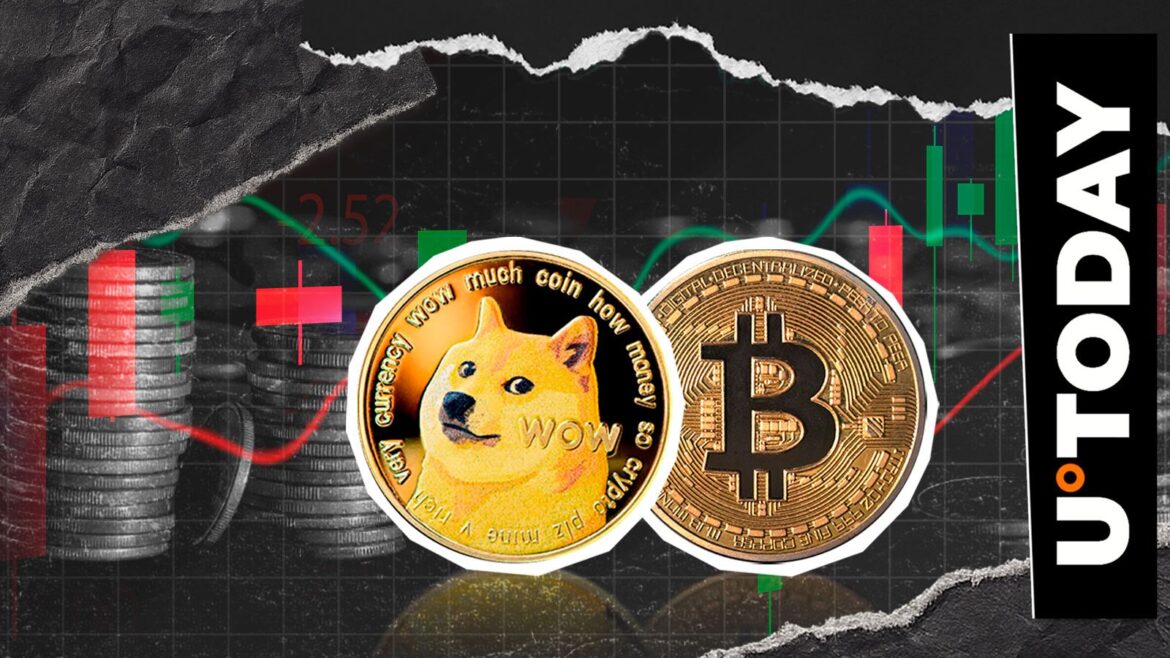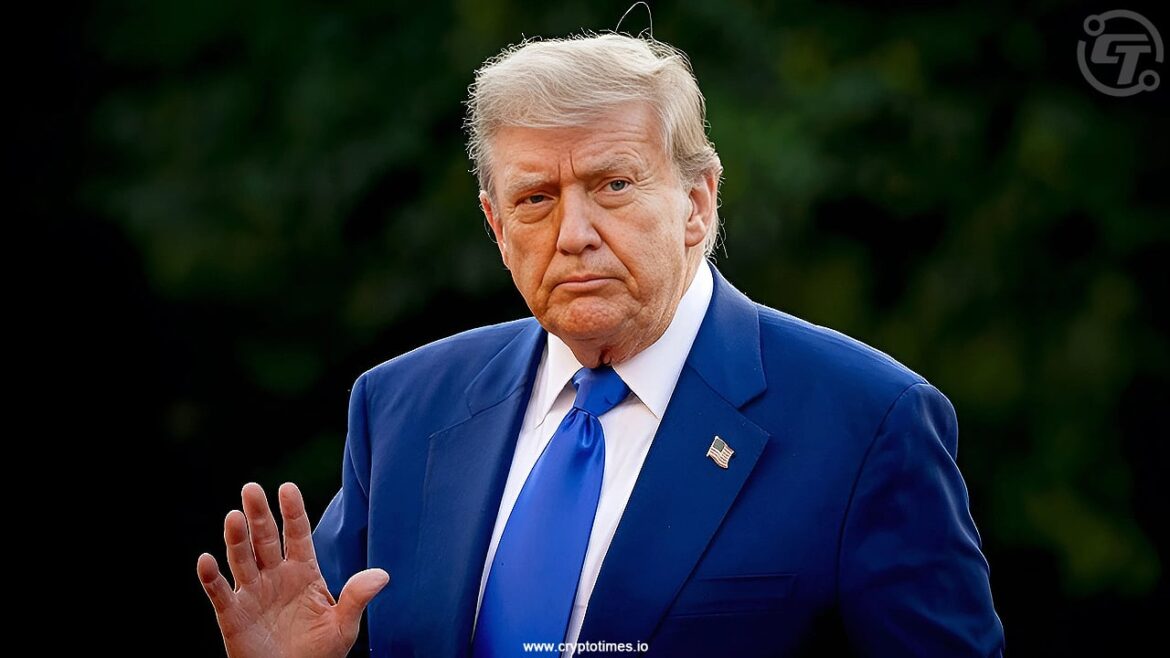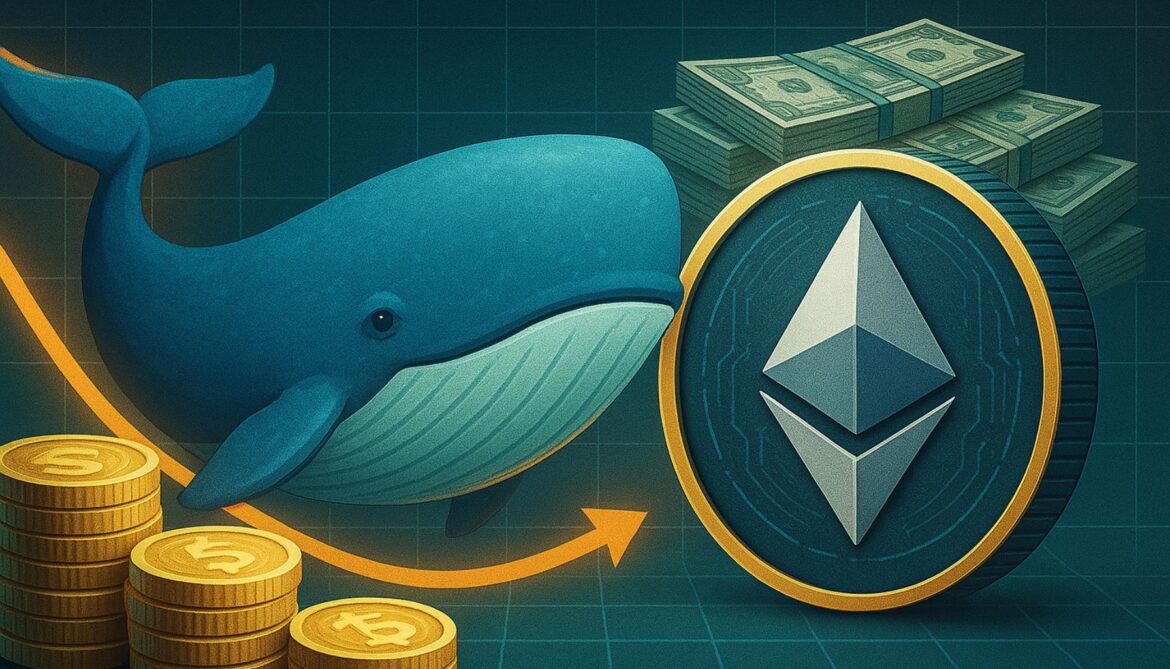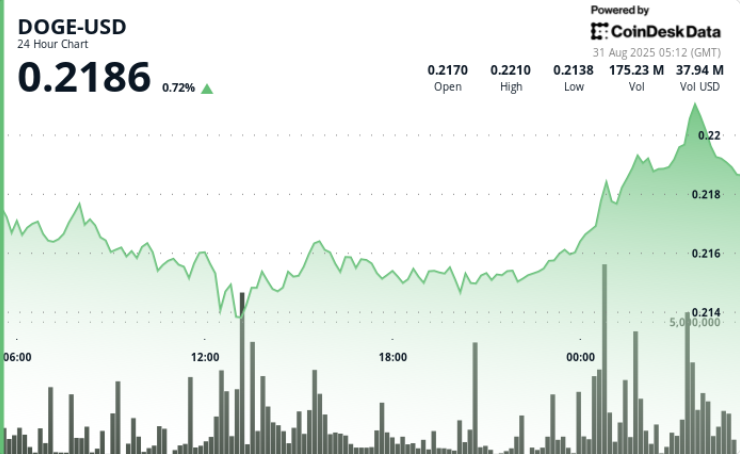Opinion by: Armando Aguilar, head of capital formation and growth at TeraHash
Bitcoin was treated as a purely inert asset for years: a decentralized vault, economically passive despite its fixed issuance schedule. Yet more than $7 billion worth of Bitcoin (BTC) already earns native, onchain yield via major protocols — that premise is breaking down.
Gold’s ~$23-trillion market cap mostly sits idle. Bitcoin, by contrast, now earns onchain, while holders keep custody. As new layers unlock returns, Bitcoin crosses a structural threshold: from merely passive to productively scarce.
That change is quietly redefining how capital prices risk, how institutions allocate reserves and how portfolio theory accounts for safety. Scarcity may explain price stability. Still, productivity explains why miners, treasuries and funds are now parking assets in BTC rather than just building around it.
A vault asset that earns yield isn’t digital gold anymore — it’s productive capital.
Scarcity matters, but productivity rules
Bitcoin’s economic DNA hasn’t changed: The supply remains capped at 21 million, the issuance schedule is transparent, and no central authority can inflate or censor it. Scarcity, auditability and resistance to manipulation always set Bitcoin apart, but in 2025, these differentiating and unique factors started to mean something more.
As the issuance rate is locked, even as new protocol layers allow BTC to generate onchain returns, Bitcoin is now gaining traction for what it will enable. A new set of tools gives holders the ability to earn real yield without giving up custody, relying on centralized platforms and altering the base protocol. It leaves Bitcoin’s core mechanics untouched but changes how capital engages with the asset.
We’re already seeing that effect in practice. Bitcoin is the only crypto asset officially held in sovereign reserves: El Salvador continues to allocate BTC in its national treasury, and a 2025 US executive order recognized Bitcoin as a strategic reserve asset for critical infrastructure. Meanwhile, spot exchange-traded funds (ETFs) now hold over 1.26 million BTC — more than 6% of the total supply.
Related: US Bitcoin reserve vs. gold and oil reserves: How do they compare?
Also on the mining side, public miners are no longer rushing to sell. Instead, a growing share allocates BTC into staking and synthetic yield strategies to improve long-term returns.
It’s becoming evident that the original value proposition has evolved subtly in design but profoundly in effect. What once made Bitcoin trustworthy now also makes it powerful — a once passive asset is becoming a yield-producing asset. This lays the foundation for what comes next: a native yield curve that forms around Bitcoin itself, not to mention Bitcoin‑linked assets.
Bitcoin earns without giving up control
Until recently, the idea of earning a return on crypto seemed out of reach. In Bitcoin’s case, it was hard to find non-custodial yield, at least without compromising its base-layer neutrality. But that assumption no longer holds. Today, new protocol layers let holders put BTC to work in ways once limited to centralized platforms.
Some platforms let long-term holders stake native BTC to help secure the network while earning yield, without wrapping the asset or moving it across chains. In turn, others allow users to use their Bitcoin in decentralized finance apps, earning fees from swaps and lending without giving up ownership. And the catch is that none of these systems require handing over keys to a third party, and none rely on the kind of opaque yield games that caused problems in the past.
At this point, it’s clear that this is no longer pilot-scale. In addition, miner-aligned strategies are quietly gaining traction among firms looking to boost treasury efficiency without leaving the Bitcoin ecosystem. As a result, a yield curve native to Bitcoin and grounded in transparency is starting to take shape.
Once Bitcoin yield becomes accessible and self-custodied, another problem emerges: How do you measure it? If protocols are becoming available and accessible, then clarity is missing. Because without a standard to describe what productive BTC earns, investors, treasuries and miners are left making decisions in the dark.
Time to benchmark Bitcoin yield
If Bitcoin can earn a return, then the next logical step is a straightforward way to measure it.
Right now, there’s no standard. Some investors see BTC as hedge capital; others put it to work and collect yield. However, there are inconsistencies in what the actual benchmark to measure Bitcoin should be, as there are no real comparable assets. For example, a treasury team might lock coins for a week but doesn’t have a simple way to explain the risk, or a miner might route rewards into a yield strategy but still treat it as treasury diversification.
Consider a mid-sized decentralized autonomous organization with 1,200 BTC and six months of payroll ahead. It puts half into a 30-day vault on a Bitcoin-secured protocol and earns yield. But without a baseline, the team can’t say whether that’s a cautious move or a risky one. The same choice might be praised as clever treasury work or criticized as yield-chasing, depending on who analyzes the approach.
What Bitcoin needs is a benchmark. Not a “risk‑free rate” in the bond market sense, but a baseline: repeatable, self-custodied and onchain yield that can be generated natively on Bitcoin, net of fees, grouped by term lengths — seven days, 30, 90. Just enough structure to turn yield from guesswork into something that can be referenced and used as a benchmark.
Once that exists, treasury policies, disclosures and strategies can be built around it, and everything above that baseline can be priced for what it is: risk worth taking or not.
That’s where the metaphor with gold breaks down. Gold doesn’t pay you — productive Bitcoin does. The longer treasuries treat BTC like a vault trinket with no return, the easier it is to see who’s managing capital — and who’s simply storing it.
Opinion by: Armando Aguilar, head of capital formation and growth at TeraHash.
This article is for general information purposes and is not intended to be and should not be taken as legal or investment advice. The views, thoughts, and opinions expressed here are the author’s alone and do not necessarily reflect or represent the views and opinions of Cointelegraph.










